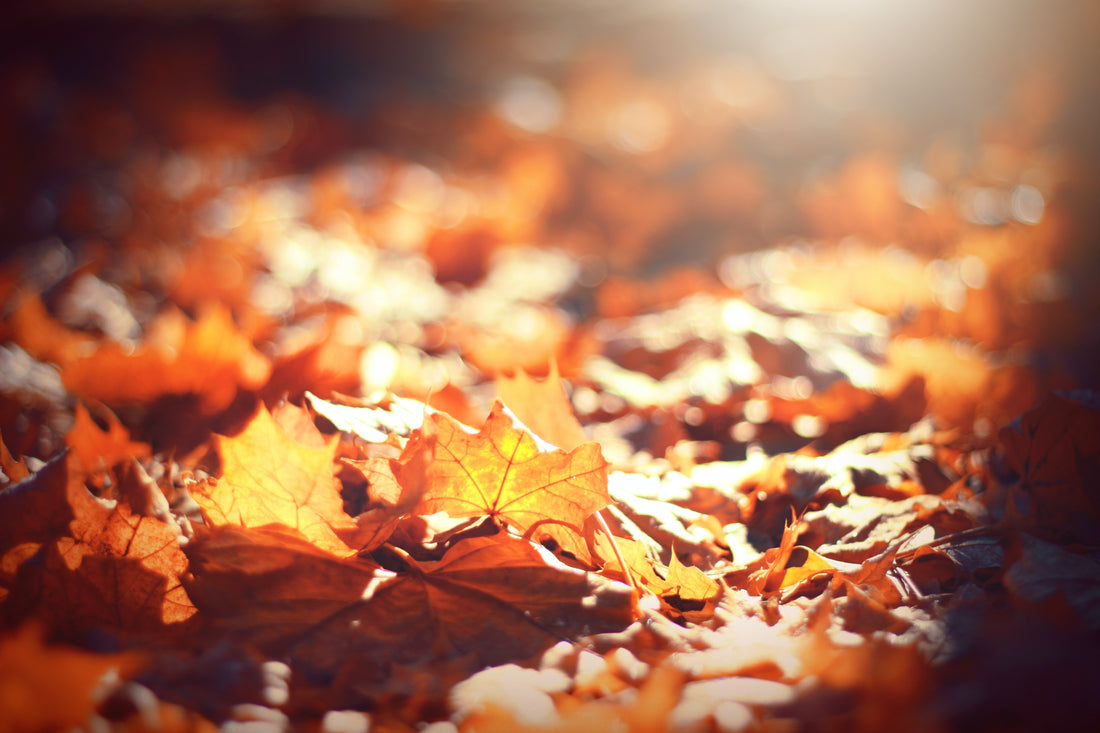Fall is in full swing, with pumpkins, gorgeous foliage displays, and crisp, beautiful days. Soon, it'll be winter's turn. But, before the cold temperatures take hold, we need to put the garden to bed and prepare it for next year. That's right; there's no time like now to take stock of the garden, do some clean-up, fix any mistakes, and get it in top condition so next Spring, it's ready to grow some vegetables!
There's no need to rush this unless you've got some super cold ground-freezing weather on the way. Take your time; do a few tasks each weekend, and it will add up. Get the kids or grandkids involved, and the process goes much quicker. Plus, it's a great way to spend time with the family, be outside, be productive, and embrace the rewards of work well-accomplished. A treat of hot-spiced cider or hot chocolate is definitely deserved afterward!
Top 3 Essential Fall Garden Tasks
-
Leaves
Every fall, the yard becomes a mass of fallen leaves. You may think of them as a nuisance, but it's time to rethink the value of leaves. Don't rake them up and send them to the landfill!
Leaves make an excellent mulch for the lawn or garden. The easiest way to deal with leaves is to run them over with a lawnmower and leave them where they are. The cut-up leaves return nitrogen and valuable nutrients back to the soil as they decompose. Isn't that incredible?! No need to spend all that time and energy raking them up anymore. This method can only be done with thin layers of leaves, so if you have thick leaf build-up, sadly, you will need to do some raking. Mulching the leaves with the lawnmower is best done several times over the season.
The leaves can also be added directly to the garden as a mulch layer. Over the winter, they'll start to break down and decompose, adding nutrients into the soil. Or, add them into the compost pile as important "brown" material.
-
Garden Clean Up
It's tempting to just leave all the dead vegetable and weed plants in the garden to decompose. However, it's not a good idea for the health of the garden. Insect eggs and diseases could be hanging out in those plants, hibernating until next Spring. Don't wait to see what unwelcome surprises they bring. Pull up the old tomato plants, remove the squash vines, and dig up any remaining tubers. They will only bring trouble later on. Don't put these in the compost bin unless you have a hot enough compost that will kill pathogens. It's best to remove any debris far from the garden or burn it.
- Protect Tender Bulbs
- Loosen the soil around the bulbs with a spade or garden fork.
- Carefully lift the bulbs from the ground. Be careful not to nick or cut the bulbs, as that allows disease to take hold and may lead to rot.
- Brush the soil away from the bulbs.
- Wash them off with a garden hose or in a tub of water.
- Lay them out to dry; let them dry completely.
- Arrange the bulbs in an area away from direct sunlight, with a temperature between 60-70F, and good ventilation.
- Pack them in a cardboard box with wood shavings or vermiculite and store them in a safe place for the winter.
This time of year is the best to do a few garden tasks to make the Spring planting rush go much smoother. The last thing you want to worry about as you start seedlings is whether the garden is ready or not. Putting the garden to bed in the late fall is an important task that benefits every garden and gardener. Happy fall!



